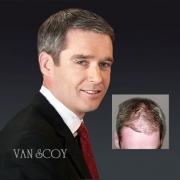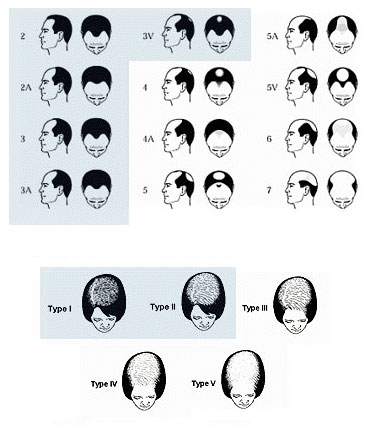If you are the parent of a child suffering from trichotillomania, you might feel confused, embarrassed or even scared. It seems like such a bizarre bodily disorder, but truthfully, this may not be the case.
A possible reaction to stressful circumstances, Trichotillomania (trick-o-til-o-MAY-nee-ah) is a disorder that causes people to want to pull out their own hair. The following are a few tips that might help you manage your child’s Trichotillomania.
Be More Aware
First and foremost, it is important to understand as a parent that trichotillomania is not as uncommon as you might think. Time magazine reports that trichotillomania currently affects about two million Americans. The stressful adolescence phase is a common time for symptoms to start showing, where a majority start at age 12. It is also important to understand that the act of pulling out hair can feel good to your child and bring them instant gratification. Unconditional love and support is needed to help your child through this tough time.
Communicate Openly
If you find talking about the condition with your child or young adult difficult, you might want to try talking with support groups with kids near their age. If you cannot find a support group in your area, be sure to check online for support forums.
Celebrity Role Models
If a child knows that successful celebrities such as Charlize Theron, Megan Fox and Olivia Munn also suffer from trichotillomania, it might help them not feel so alone. Even the likes of Justin Timberlake and Leonardo di Caprio have stated that they have OCD, which can cause trichotillomania as a symptom. The point is that this disorder can happen to even the best of us, but it is in no way unbeatable or life ending.
Keep Fidgety Fingers Occupied
Giving your child’s fingers something else to do might help them resist the urge to pull out their hair. Some of these activities include, but are not limited to; typing, needle-work, playing piano, play dough or silly putty, cooking lessons or even watercolor painting. Find any activity they enjoy that keeps their hands focused on something else.
Coordinate a De-Stress Time
Talk with your child to try and identify specific times throughout the day where they feel the urge to pull out hair. Sometimes this can occur right before bedtime when they are alone and feel insecure. Playing soothing music before bed or even relaxing activities such as kid-friendly yoga or a warm bath could seriously help.
Cover Up the Hands
Utilize the “out of sight, out of mind” idea to help prevent your child from pulling hair. Let them dress up in cool gloves to keep their fingers from wandering to the scalp.
Makeup and Beauty Products
Since hair loss can affect self-esteem in a negative way, try to help your child focus on body image in a playful, fun way. Let your child experiment with makeup a bit if they enjoy it. The introduction of beauty products that enhance healthy hair may also be a step in the right direction. Let your child see that you really do care that he or she has a healthy body image as well.
Hypnotherapy
Sometimes called trichnotherapy, this method has been proven to work on its patients due to the fact that the part of the brain that is affected by trichotillomania is also near the memory center. A good therapist can help your child do brain exercises or work with certain memories that may help to heal the mind and the body. Hypnotherapy works to aid in assessing you child’s life and specific circumstances to really get to the root of the problem.
It is possible to fully recover from trichotillomania, and with the right communication, help, and understanding, your child will be on their way to happiness, health, and a full head of hair. If your child suffers from trichotillomania and needs a hair replacement option to help cover up hair pulling, we are here to help. At Van Scoy Hair Clinics we offer many options to hair replacement. We invite you to a free consultation and you can make an appointment by calling (419) 289-6665 or clicking here!
Photo Credit: Sophie Via Flickr Creative Commons
Author Research Links
http://content.time.com/time/health/article/0,8599,1909704,00.html
http://www.healthofchildren.com/I-K/Impulse-Control-Disorders.html#ixzz41wFDfthx
http://www.ibtimes.com/olivia-munn-battles-trichotillomania-five-celebs-ocd-symptoms-734128
http://www.teenvogue.com/story/how-beauty-products-help-trichotillomania
http://www.trich.org/



 Young patients are divided into 3 main types:
Young patients are divided into 3 main types:


